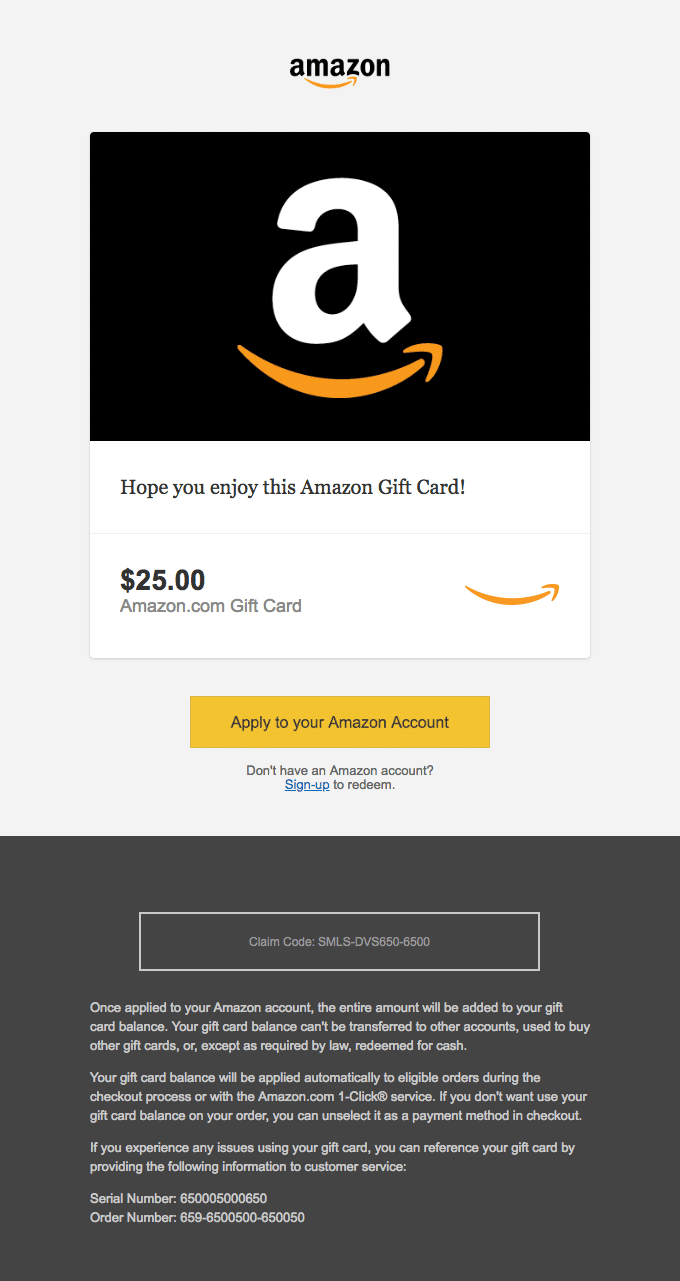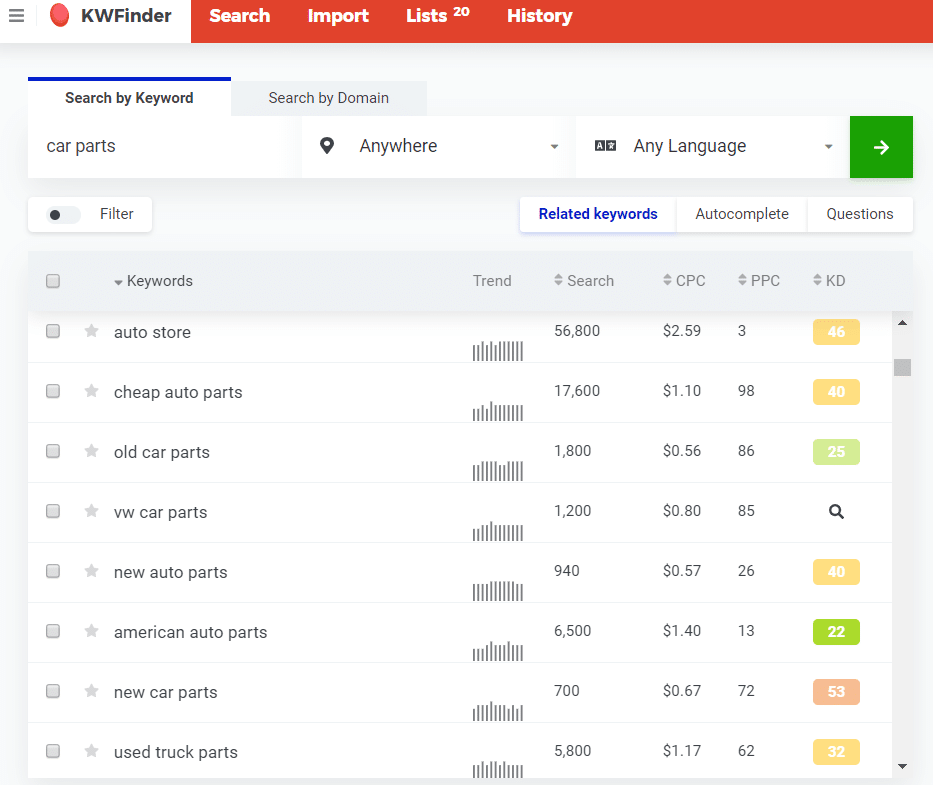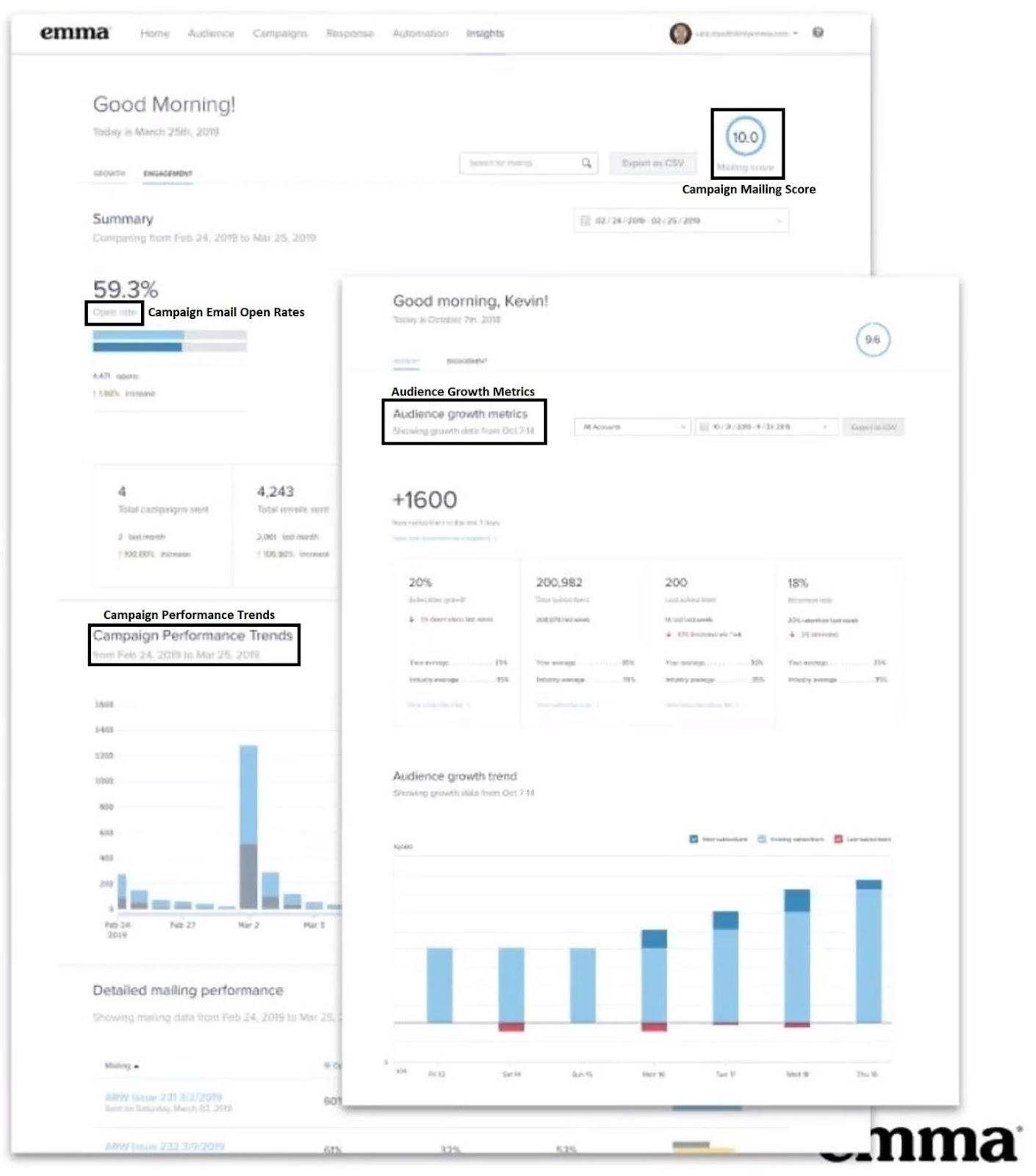Why you should care about the power couple of SEO and email marketing
Almost every marketer has used both search engine optimization (SEO) and email marketing to some degree.
SEO helps your content rank higher in search engines. Email marketing puts your offerings in your subscribers’ inboxes.
Both are effective, and both are different. However, some marketers would be surprised to consider using together. Their relationship is reciprocal – you can use one to help the other, and vice versa.
To make the most of these tools, learn to think of them as one.
The facts behind SEO
There’s no denying Google is the code to crack if you’re a marketer in 2020.
There are about 80,000 Google searches per second – not per day, hour, or even minute. This means for every tick of the clock, there are tens of thousands of opportunities to get your content in front of someone.
With popular keywords in the right places and at the proper frequency, you can make your content rank higher. Whatever content you prefer – be it blog, landing page, press release, or something else – it can gain exposure thanks to SEO.
How high should you aim to rank? Obviously the higher the better, but studies show about two-thirds of clicks go to the top five results.
SEO is about helping search engines understand you so they can do their most important job from a marketing perspective: Helping you and your customers meet.
The truth about email marketing
Since it became a primary means of communication over two decades ago, email has been one of marketing’s go-to resources.
As a channel, email leads the charge as an information source. It’s the most popular by far, and the third most popular overall. It falls behind only real people – colleagues and thought leaders.
Email is also the top choice for professionals – 86% of them use it for business purposes.
Source: Really Good Emails
And it’s fantastic for sales. Gifts, special deals, product follow-ups, and complaint resolutions can all be handled from the inbox. It’s a platform that lets you do more with less, which makes a busy marketer’s life simpler.
SEO and email marketing each have their place, but how exactly do the two overlap? Let’s discuss some of the ways the two can work together.
The perfect match of SEO and email marketing
From helping you learn more precision in talking to customers to showing you which pages to push, there are many ways you can combine the power of SEO and email marketing together.
Precise language makes a better connection
Your SEO keyword choices are a direct indicator of what your audience wants. When you’re researching using tools like SEMrush and KWFinder, you may think you’re only helping your search rankings. But you could also be improving your email content.
Your email list needs organic traffic. In other words, your email list needs the same audience your search results should be getting. Keywords are better when they’re specific. As you find out what your audience is looking for, you will find out how to talk to them easier.
Source: KWFinder
The above search could be useful to an auto company selling car parts. We can see there are good results for cheap auto parts, old auto parts, and American auto parts. Based on this alone, you have keywords you can use for your blogs and landing pages to help them rank higher.
But you also have guidance for your next email campaign.
Rather than just writing about car parts in general, focus on the specifics you know are popular with your audience. Create promotional emails to show off affordable deals to connect with the audience who wants to save money.
You could also do specialized content, such as the history of American auto parts or some of the world’s most sought-after old parts. High-ranking keywords are thought of based on their ranking potential – because they have potential, and because people are talking about these terms.
Usefulness trumps content for the sake of content. This is true for SEO and email marketing. You’ll be able to deliver higher quality content by going off specific keywords. Even if you don’t have a heavy stream of content going out, every piece you release is optimized for success.
Your best emails translate to better pages
Your email marketing needs to be versatile. You should have plenty to offer – from interesting and informative content to promotional, sales-based content.
Obviously, some content will perform better than others. When it does, you aren’t just getting insight on how to structure your emails moving forward, you’re getting insight on what pages to push for higher rankings.
SEO isn’t just about using keywords to make pages rank higher. It’s about being able to promote specific pages over others. Going back to our car example, let’s say you’re getting a lot more traction on your informative emails about car history and classic vehicles.
If that’s the case, you should consider doubling up on blogging content that covers these topics. If your current subscribers like it, chances are that others would like it, even if they haven’t found you yet. You can aim to grow your email list by getting more of the same type of subscribers you have now.
While some keywords will work better for blogs and others for landing pages, using more keywords gives you some variety when you’re chasing those coveted high rankings.
Using formatting ideas across platforms
Whether you’re formatting web pages to look better in search engines, or emails to look better in an inbox, some best practices apply to both.
Here are a few formatting ideas to keep in mind when crafting SEO content or emails:
-
Headlines/titles: Email subject lines are crucial for success. Over a third of recipients open an email based on the subject line alone. For your web content, the header – as well as the meta title – are crucial. Both can benefit from using primary industry keywords. They can also benefit from questions or story starters that make readers want to click through.
-
Body content: It’s not uncommon for some emails to read like blog posts. If you’re looking to make your content seem more uniform across all platforms, see what’s most successful. If blogs are getting better results with short, punchy copy, take that approach in your email marketing as well.
-
Call-to-action (CTA): If you’re looking to get some type of response from your audience, you should pursue CTAs across all channels. Some work better than others. Whether it’s the way you phrase it, or the use of buttons, you can get more out of it by spreading it around when you find a working formula.
From the structure of your content to the keywords you use, there are many elements that can be transferred from one platform to another.
How to measure success across channels
It’s one thing to use SEO and email marketing independently. It’s another to combine them, using elements from each to boost the other. But perhaps the most complex aspect of all is learning how to measure success across both channels.
One way to go about this is to use a platform that measures specific metrics (like open rates). Better yet, find one that analyzes campaign performance trends. This way, if you launch a separate campaign based on data from your SEO marketing efforts, you can see the difference.
Source: Emma
You could also use A/B testing to see which campaigns are the most successful.
One important email metric to track is list growth. Once you begin integrating the keywords that served you well for rankings, you should expect to see some list growth – provided all other areas of your content remained solid.
If you’re using email elements like formatting options or content ideas for your SEO content, see if they improve your rankings. Beyond just helping you rank higher, they may cause your audience to follow through on your CTA.
Wrap up
There’s a lot of potential in both SEO and email marketing. However, you’ll always see the best results when you learn how to combine the two. Everything from the language you use to the format you choose could translate well from one channel to another.
With plenty of potential in search engines and inboxes, you should use all your efforts to succeed in both channels. Remember:
-
Use your high-ranking keywords to develop topic ideas for future email campaigns
-
Try to streamline your formatting ideas for both emails and web content
-
Measure your success by creating separate campaigns and comparing results
The best way to get the most from your marketing tools is to use them together. SEO and email marketing can deliver some great results on their own, but nothing beats the synergy they have together.
Are your email results lackluster? Here are 21 tips to help make your emails look as high-class as the big brands.
MOST RECENT ARTICLES
Want to engage your audience and grow your brand? Try Emma's robust easy-to-use product today.
















